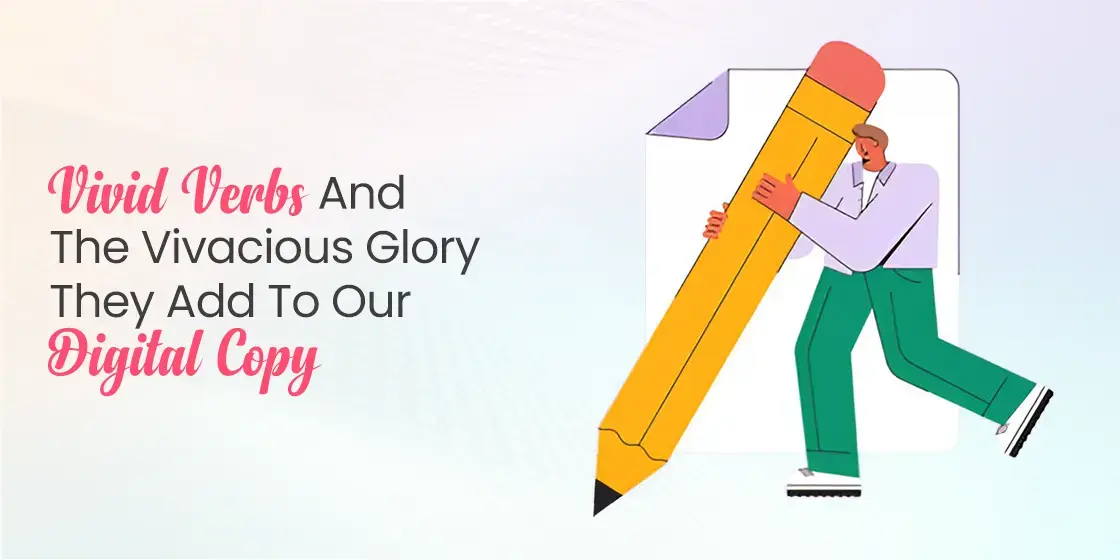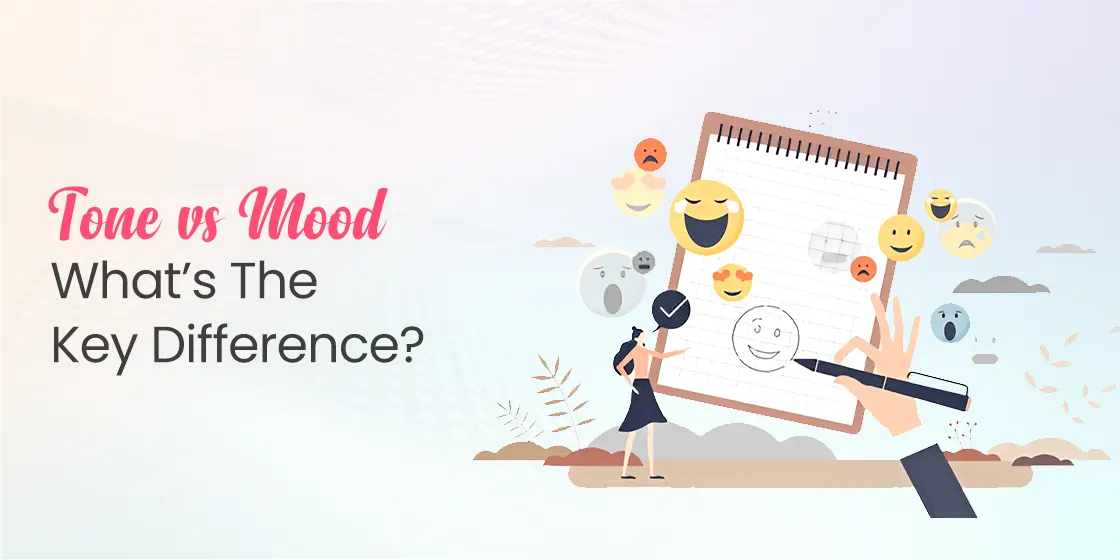Table of Content
Discover Why Author Bylines are Important and How to Craft an Amazing One
A byline is more than just a name at the end of an article. It’s a signature, a brand, and a brief introduction to the author. Well-crafted byline examples can make a significant impact on how readers perceive your work and how they connect with you. It’s an opportunity to leave a lasting impression, to pique curiosity, and to establish your authority as a writer.
In today’s digital age, where content is abundant and attention spans are fleeting, a strong byline can be the difference between a reader engaging with your work and simply scrolling past it. It’s a chance to stand out from the crowd and create a memorable first impression. Whether you’re a seasoned writer or just starting out, understanding the power of a good byline is essential.
Join us as we explore the components of a great byline, provide tips on how to craft one, and showcase some interesting byline examples that demonstrate the art of the possible. By the end, you’ll be equipped with the knowledge and inspiration to create bylines that not only identify you but also captivate your audience, rivalling those from the top article writing services.
Let’s begin.
What is an Author Byline?
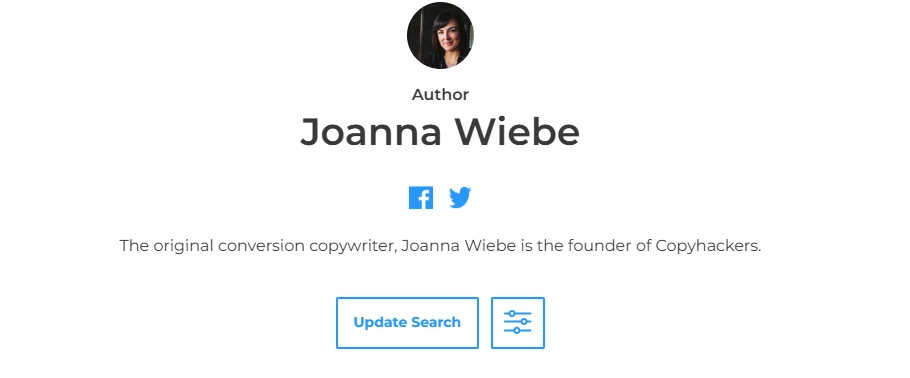
An author byline is a short piece of text that appears at the beginning or end of an article, typically identifying the author’s name. It can also include additional information such as the author’s title, credentials, or affiliations. The primary purpose of a byline is to attribute authorship to a specific individual or organization. However, it can also serve as a branding tool, allowing authors to establish their reputation and build a personal brand.
Why Should You Add an Author Byline? Is It That Important?
While it may seem like a small detail, an author’s byline examples plays a crucial role in the world of content creation, similar to your LinkedIn summary examples. Here’s a deeper dive into why that is true:
- Credibility: A byline helps to build trust with your readers. When they see your name associated with a piece of content, they can form an opinion about your credibility and expertise. A well-crafted byline can also pique their interest and encourage them to read your work.
- Author Branding: By consistently using your byline, you can establish a strong personal brand. This brand can help you attract new opportunities, build a loyal following, and increase your visibility as an expert in your field.
- SEO: Search engines use author information to identify the credibility and authority of a website or article. A strong author byline can help improve your search engine rankings, making your content more discoverable.
- Social Media Sharing: When you share your work on social media, your byline can help you build a following and attract new readers.
What Goes Into Creating Great Byline Examples?

A powerful byline is more than just a name; it’s a carefully crafted introduction that leaves a lasting impression. A great byline should be informative, engaging, and memorable. To create a compelling byline, you need to consider the following key elements.
Describe Who You Are and What You Do
Its common courtesy to introduce yourself to your listeners or readers. It helps your readers decide whether they need to may more or less attention to your content. Moreover, it also helps them decide how you can help solve their specific problem.
- Unique Selling Proposition (USP): What sets you apart from other writers? Is it your niche expertise, your unique writing style, or your ability to tell compelling stories?
- Target Audience: Who are you writing for? Understanding your target audience will help you tailor your byline to their interests and needs.
- Personal Brand: Consider your personal brand and how you want to be perceived by your audience, using power words where necessary. Are you a thought leader, a creative writer, or a technical expert?
Work Experience, Expertise, and Relevant Fields of Knowledge
Establishing your credibility is an important duty for your byline. And it tells the readers why the views you’ve shared within your articles are worth paying attention to. Let’s think about it, if you have nothing to do with the industry of ghostwriting, why should anyone listen to what you have to say on a topic related to that niche?
- Relevant Skills and Knowledge: Clearly state your areas of expertise, such as technology, finance, health, or creative writing.
- Professional Affiliations: If you belong to any professional organizations or associations, mention them in your byline.
- Educational Background: Include relevant academic qualifications, such as degrees or certifications.
- Work Experience: Highlight your relevant work experience, particularly if you have a strong background in journalism, marketing, or content creation.
Links to Your Portfolio, Blog/Other Works of Writing, or Your Website
One of the purposes of your bylines is to get your readers to explore more of your work. That can include other articles you have written, your portfolio, or even your business website.
- Personal Website: Link to your personal website to showcase your portfolio and writing samples.
- Social Media Profiles: Include links to your social media profiles, such as LinkedIn, Twitter, and Instagram.
- Blog or Portfolio: If you have a blog or portfolio, include a link to showcase your work.
- Encourage Further Engagement: Encourage readers to explore your other work by providing easy access to your online presence.
Top Tips to Write a Great Author Byline Avoiding the Common Pitfalls
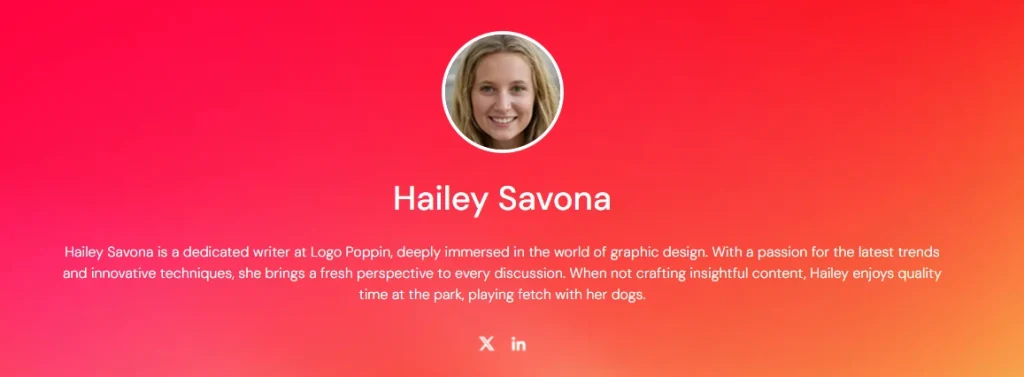
Now that you know how to create some great bylines, you might be eager to try creating some new ones for yourself too. However, even armed with the exact process on how to create them, your new byline may fail to exact the desired impact from your audience. And all because you would’ve fallen victim to some pitfall only those experienced in the field would’ve known.
So, here are some of the top tips on creating great byline examples without worrying if they’ll fail.
Keep Your Byline Short, Simple, and Sweet
Simplicity is the key – we’ve often heard this phrase. And in some cases, such as great byline examples, it is quite true. A concise byline is more effective than a long, rambling one. Aim for a maximum of two lines. Use strong, active verbs to describe your role or expertise, such as “writer,” “analyst,” “strategist,” or “innovator.”
Tailor Your General Byline According to the Publication’s Audience
Consider the target audience of the publication carefully and adjust your byline accordingly. As the purpose of creating your byline is to attract readers to your content, you should use language and tone that resonates with those prospective readers. Moreover, find out what information would be most valuable to your readers. And then, tailor your byline to their needs and interests.
Use a High-Quality Headshot that Matches the Vibe of the Publication
Its said that a picture is worth a thousand words. And while the correlation may not actually be that high, it’s a known fact that we humans are highly visual creatures. A high-quality headshot can help you make a strong first impression for readers of your byline. Therefore, choose a photo that reflects your personal brand and the tone of your writing.
Use Storytelling Elements to Make it Memorable and Unique
In your drive to keep your bylines simple and sweet, you need to ensure that your byline doesn’t end up dry and stilted. You should incorporate some sort of levity into your description by employing different storytelling elements such as funny words into your writing, ensuring that your byline will stand out and be memorable. You can also experiment with different byline formats, such as a tagline, a short bio, or a combination of both.
Test and Refine
Don’t be afraid to experiment with different bylines and see what works best. Track your analytics to see which bylines generate the most engagement. As time progresses, you may need to update your byline to reflect your latest accomplishments and expertise.
Avoid Generic Generalizations
Avoid using generic phrases such as “avid reader”, “habitual procrastinator”, “citizen of the global village”, as they have been used to their death by many writers around the world. Find some new angles to describe yourself, while still keeping that connection to your consumers.
Interesting Byline Examples That Show That You That Bylines Too Can be Memorable
Knowing how to create an amazing author byline in theory may sound great. However, without looking some of the best byline examples in action, and seeing how they stand out among the rabble, you will be unable to replicate that aesthetic.
Therefore, here are some of the best author bylines from the most famous bloggers on the top online publications today.
Lianna Patch – CopyHackers

Lianna Patch’s author byline on CopyHackers shows us a great way to showcase your expertise and unique selling point, without sounding like every other generic business out there. Within as little as three short sentences, she manages to draw her readers in, and tells them what she can do for them, in a personal and memorable manner.
Corey Wainwright – Hubspot

The epitome of keeping it light and breezy – this byline from Corey Wainwright from Hubspot is our top pick among these byline examples. Short and unorthodox, its unique approach, combined with the disarmingly charming headshot, makes this a great example to emulate.
Amanda Capritto – VeryWellFit
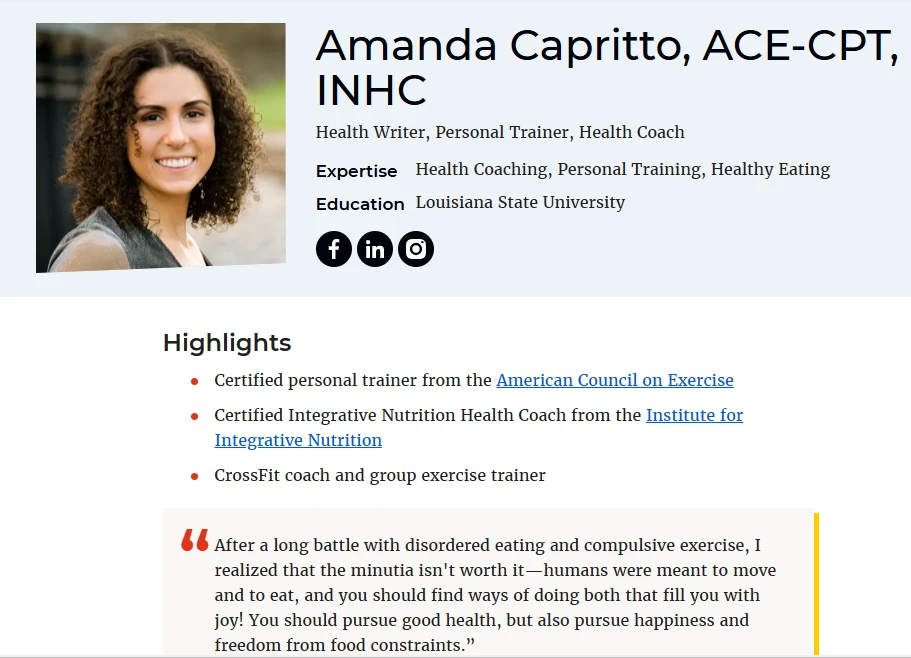
As we talked about earlier, your author byline should be as long as the purpose demands. And this phenomenon is well-described by the byline of Amanda Capritto on VeryWellFit. Quite a bit longer than what “Keep it short, simple, and sweet” would proscribe, yet you cannot stay that it doesn’t fit its purpose.
Diana Ransom – Inc.
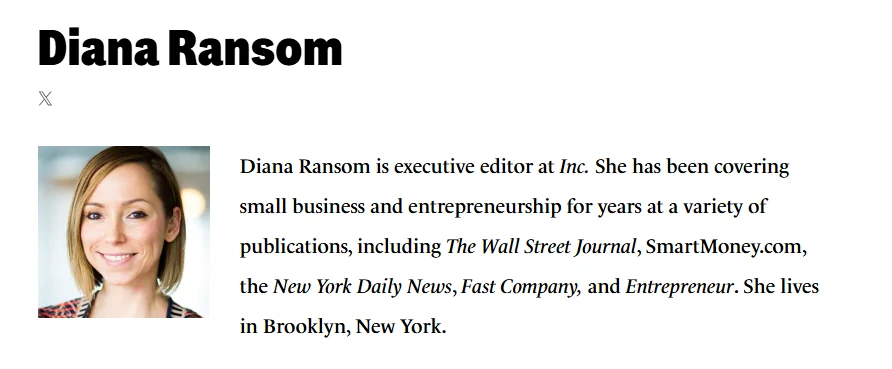
Inc. is a well-known business publication that is known for its formal industry tone. And that is where author bylines like that of Diana Ransom’s stand out. This is a great example of a picture drawing in the reader, where her charming smile in the headshot cuts through the industry humdrum of the publication.
Dan Smullen – Search Engine Journal
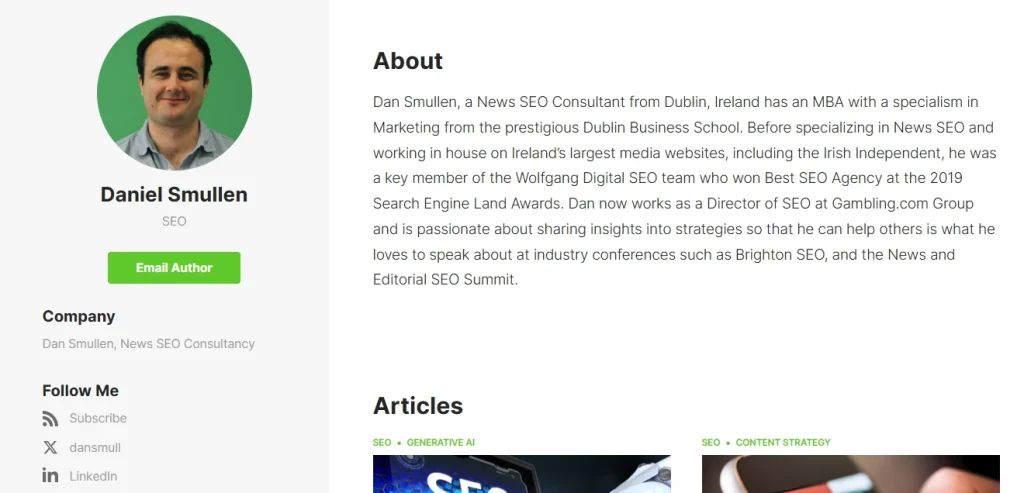
Who better to know how to create a well-optimized author bio than SEO expert Dan Smullen. Smullen, regular contributor to Search Engine Journal’s blog, has a byline that, while longer than some of the others, fulfills all the requirements for great byline examples.
Conclusion
Well-crafted byline examples are powerful tools that can elevate your writing and enhance your personal brand. By understanding the key elements of a strong byline and following the tips outlined in this article, you can create a memorable and effective introduction to your work. Remember, your byline is your first impression, so make it count.
By taking the time to refine your byline, you can increase your visibility, attract new opportunities, and establish yourself as a respected authority in your field.

